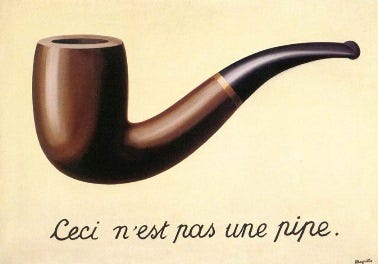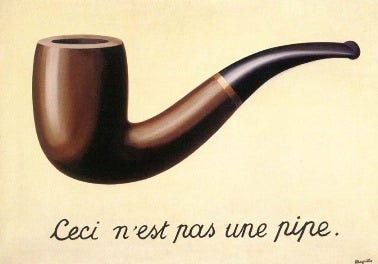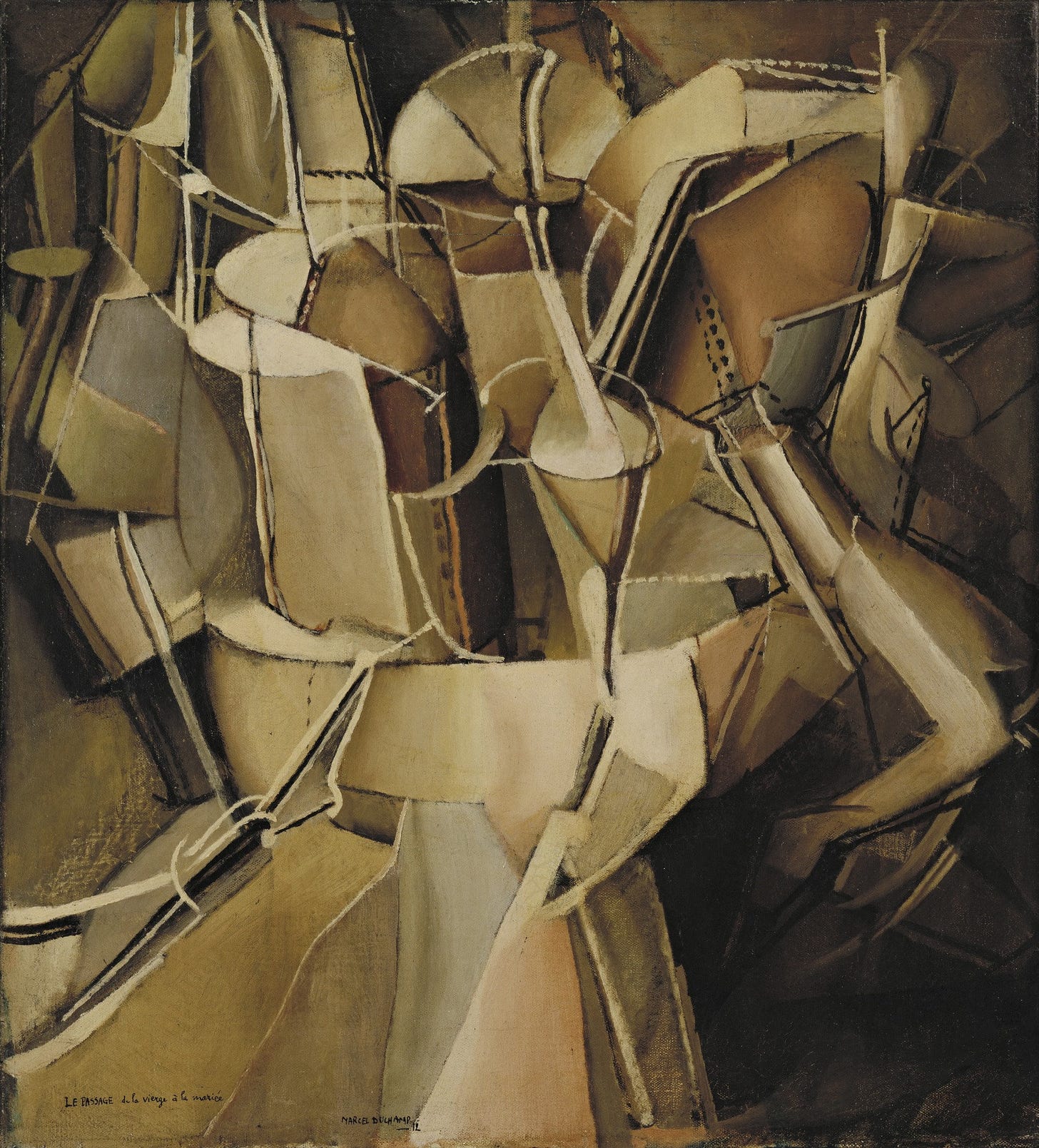Symbols are constantly under attack, a perfect example is the recent debacle with Supreme Court Justice Samuel Alito. Having flown two symbols at his house, firstly the upside-down flag, and secondly, the “appeal to Heaven” flag. Both symbols of our country, both slandered as evil or bad.
The Appeal to Heaven Flag is a revolutionary war-era flag, which can tentatively find its origin here.
And where the Body of the People, or any single Man, is deprived of their Right, or is under the Exercise of a power without right, and have no Appeal on Earth, there they have a liberty to appeal to Heaven, whenever they judge the Cause of sufficient moment.’
- John Locke'
It was designed by Joseph Reed, and for a while was the official Massachusetts Naval Flag. That is to say, it is far from a radical far-right extremist symbol, as it was painted to be. Moreover, the upside-down flag is typically a naval distress symbol, however, in recent years it has typically been used by liberals during protests to indicate that our nation is in distress from racism or otherwise failing.
So, who cares? Why does it matter that some flags have been called bad when a flag is slandered as evil? Well, flags are symbols, symbols always communicate an idea they are the base of all civilization1, and they are the way in which we communicate thought and emotion. Signs and symbols are the words that we use, the pictures we draw, the letters we write. The hate of our Nation’s flags is an outward manifestation of an inner problem, a political example of societal, cultural, and even theological problems. The Gadsden flag, even though it is mostly the “leave me alone” flag of libertarians, is too radical to fly, let alone the Appeal to Heaven flag. The key here is political use, the liberals oft like to fly the American flag upside down, as a sign that America is in distress, the system is broken. However, when the Alito household flies the same symbol, it is a call to civil war. This is a quintessential Postmodern language trap, whatever the media wants it to be so it is. Moreover, it is here that we get to that deeper philosophical or even theological issue.
Polonius: … I'll speak to him again.- What do you read, my lord?
Hamlet: Words, words, words
Polonius: I mean, the matter that you read, my lord.
Hamlet: Slanders, sir…
— Hamlet Act 2, Scene 2
Feigning madness, Hamlet sees the words on his page as nothing more than interpretative gobledey-gook. They are nothing but scribbles until he decides what they are. This is the state of modern discourse, especially in the realm of the media and political discussion. In the world of the localized narrative, we each get to decide for ourselves what is true and what is false. We have all fallen into the Nietzschean trap of “there are no moral phenomena, only moral interpretations of phenomena.” Thus we get to decide what is right and wrong for ourselves, or we get to what Francis Schaeffer would call synthesis, rather than antithesis. Should we have an opposition of ideas, the truth lies in the middle of what we debate, rather than one of us being wrong and the other being right. Truth depends on our discourse, rather than our discourse guiding to an objective truth, the language we use frames the truth.
This is not a pipe, is the inscription upon a painting titled “The Treachery of Images.” Destroying the symbol and the symbolized, this image is attempting to sever the soul of language, that ideas can be communicated. This depiction of a pipe, is actually not a pipe, is ultimately satanic for it seeks to contradict the ordering of the world. It is an attack on the knowability (to create a word) of the world, the ordered nature of the world. It is a rebellion of God’s commandment to Adam.
And God blessed them: and God said unto them, Be fruitful, and multiply, and replenish the earth, and subdue it; and have dominion over the fish of the sea, and over the birds of the heavens, and over every living thing that moveth upon the earth.
Genesis 1:28 Emphasis mine
The commandment of the Lord was to subdue the natural world, in other word, to make order out of it. Thus the notion that “this is not a pipe” postulates that there is no making sense of things. “This dollar sign $ is not a dollar sign” is to attack the nature of communication, the heart of language. Just as with the pipe above, it claims the relationship between symbol and symbolized is a fabrication. Accordingly, we cannot make sense of the world around us because we cannot truly describe it. This notion seeks to deconstruct all of the old ways of knowing, by saying we cannot even describe what we see. Thus corroding our confidence in whether we even can know. If this system is a rebellion against the divine commandment to create order then it is a fundamentally anti-God belief, it is satanic.
This is another famous painting, by Marcel Duchamp, the title of this work is “The Passage from Virgin to Bride.” An odd title, for if you look at the painting you can find neither a virgin nor a bride. Alas, that is the point, this is the degradation of images, its goal is akin to that of the pipe, what you see is not what you think you see. You cannot trust your eyes this painting says, on top of that, you sully your imagination trying to envision what the title says you are supposed to see.
Postmodernism seeks to destroy the relationship of the knower and the knowable. Ultimately, we are the knowers, and the rational world is the knowable. However, if there is an actual knowable world, this would indicate that there is a knowable God to create such a world. No one would stumble upon a book and figure it just puffed out of thin air. Intelligibility only comes from intelligence. This is the cardinal sin of postmodernity, however, for if there is a god, then we are not HE.
Postmodernists do not want intelligibility for a secondary reason as well, intelligibility is objective, it is external to them. For the modernist reason would guide one to the truth. Science and experimentation guide the human mind to the ultimate well of knowledge and truth. For the postmodernist, there is no truth “God is dead. God remains dead. And we have killed him. How shall we comfort ourselves, the murderers of all murderers?” It is important to note that Nietzsche is not saying that Jehovah is dead, the God of Christendom. Rather he is voicing what Lyotard would say years later in regards to Postmodernism, namely that it is “incredulity towards metanarratives.” God is dead means to Nietzsche that Truth, knowable and external to mankind is no longer possible. Henceforth, we ourselves in order to appear worthy of the action Must become deity, thus the arbiter of truth for ourselves.
The current brew-haha over the flags of our nation, is a political example, a cultural reaction to a spiritual, or philosophical disease. The decolonial agenda (a fundamentally postmodern concept) has taken a firm grasp on our minds. It says that all the old ways are bad, in many regards, it is an off-shoot of the deconstructionist agenda. Both suffer from chronological snobbery, all of the old ways are bad, we have overcome the past, and shining bright our progressiveness will lead us to paradise. Everything that came before our modern world is evil, all history and the actions thereof. Colonialism is oppressive and evil, all the more so as it has been imbued with racism, the greatest evil. Moreover, America is born from colonialism, accordingly, America is evil and must be deconstructed. America’s flags are associated with patriotism and love of this country. It is then evil, hence we must twist the very symbols of this country so that they represent the evil nature of our country, rather than its true roots.
That is what is done on the political scale, on the metaphysical side of things the same is done however with the very words that we use. Just as a flag is a symbol of something, our words are signs, they are ambassadors from the metaphysical realm to the realm of mind. Words are used to describe specific things, a tree means tree, whether a pine, maple, oak, or cherry, we know what it means. Should I say “Look over there at that tree” No one would be searching for a fire hydrant, or looking up in the sky. Despite whether or not thinking of different species of trees in their minds, everyone knows what we mean when we say tree. The decolonizers seek to destroy history by perverting the meaning of actions and their intentions. Deconstructionists seek to destroy the way we know by polluting the symbol and the symbolizer. The Argument of Postmodernism is as follows…
“The argument is that all human thought is done through language and that language has an intrinsic “messiness” to it. It relies on words and signs which Postmodernists claim can have countless meanings and interpretation. Without unified meanings Postmodernists argue that it becomes impossible to have singular representations of things in the world, meaning there is a large degree of interpretation to what is deemed reality–therefore, reality is never separated from a subject.”
One of the best examples I could think of comes from Francis Schaeffer in his work “He is There and He is Not Silent.”
The illustration I like to use here concerns the word tea. Tea is a symbol in our English linguistic symbol system representing a real, identifiable object. But my wife was born in China and her first experience of the thing which t-e-a represents (in our linguistic symbol system) was in Chinese homes. There the Chinese taught her something that she remembers to this day, that the way to drink tea is to drink it from a bowl with a mouthful of rice which you pack into one cheek. In fact, you learn to drink the tea around the rice without touching or disturbing it. To her, that is all bound up in her word tea.
But for me tea begins with my mother and me in Germantown, Philadelphia, making tea in a way I would not make it today, with an aluminum tea caddy that you put into the water. These things mark the word tea to both of us, but do you think for a moment that because we have these different connotations, these different shadows of the word tea, that I cannot say to my wife, “Dear, will you please bring me a pot of tea?” and I do not get a pot of tea?
— The Complete Works of Francis Schaeffer Vol. 1 Pg. 332-333
As noted by Dr. Schaeffer, we can still communicate truly, despite the many differences that we might encounter in language. This is because we live in an intelligible world, a world with a base level of order to it. More than that, there was an Infinite and Personal God that spoke in the beginning.
‘In the beginning God created the heavens and the earth. The earth was without form and void; and darkness was on the face of the deep. And the Spirit of God was hovering over the face of the waters. Then God said, “Let there be light”; and there was light.’
– Genesis 1:1-3
‘In the beginning was the Word (Logos), and the Word (Logos) was with God, and the Word was God. He was in the beginning with God. All things were made through Him, and without Him nothing was made that was made.’
– John 1:1-3
In Greek, the “Word” λόγος means this - according to the Blue Letter Bible - a word, uttered by a living voice, embodies a conception or idea. Thayer’s Greek Lexicon expressly denotes that Word (Logos) is not used “In the grammatical sense” rather it is a divine “Living” voice. It embodies the very conception of language, of an idea, thus “the Logos” is the comprehensibility of ideas. Moreover, in the beginning, the Word was with and was God, thus from the foundation of time order (comprehensibility) was supposed to exist. Language and the verbalized were always to be the means by which man created order.
The Enemy has always sought to destroy our ability to create order, to communicate ideas, and ultimately our ability to communicate with God. The story of Babel is that of man’s displacement of order, yes God confused the languages of Man, but he did not confuse language. Language was still verbalized and intelligible, God did not turn language nonsensical. Babel was problematic because mankind did not rightly order, we ordered things towards ourselves rather than God. This is the same problem we face today, only we are confusing our own language, attempting to make our own language nonsensical for each other.
Postmodernity is setting ourselves up as the logos’ of our lives, we are the conduits by which order is created and maintained. Yet if everyone is ordering the world through themselves nothing can come to order. A map that has a key on it can be read by all people and communicated effectively to everyone. Yet, if everyone has their own key to the map, the distances shared from person to person will never align; the map cannot be read. We have become so enamored of a particular language that we abandoned universals. We are lost in the language games of the extremes that Francis Schaeffer warned us about. We are in a babel of our own making, yet worse. For the Babel, we have made, is a confusion of language itself, our belief in knowability.
Thank you for reading this article! I hope that you all enjoyed this essay and gleaned something important from it! We live in a world full of meaning and purpose and wonderous joy! Take hope that the sun always rises again, though Christendom is constantly under attack our God is greater!
May the God of hope fill you with all joy and peace in believing, so that you may abound in hope by the power of the Holy Spirit.
- Romans 15:13
— Godspeed
Jonathan R Kutz
The study of symbols and their meaning is called “semiotics” read more about it here https://www.thoughtco.com/semiotics-definition-1692082







